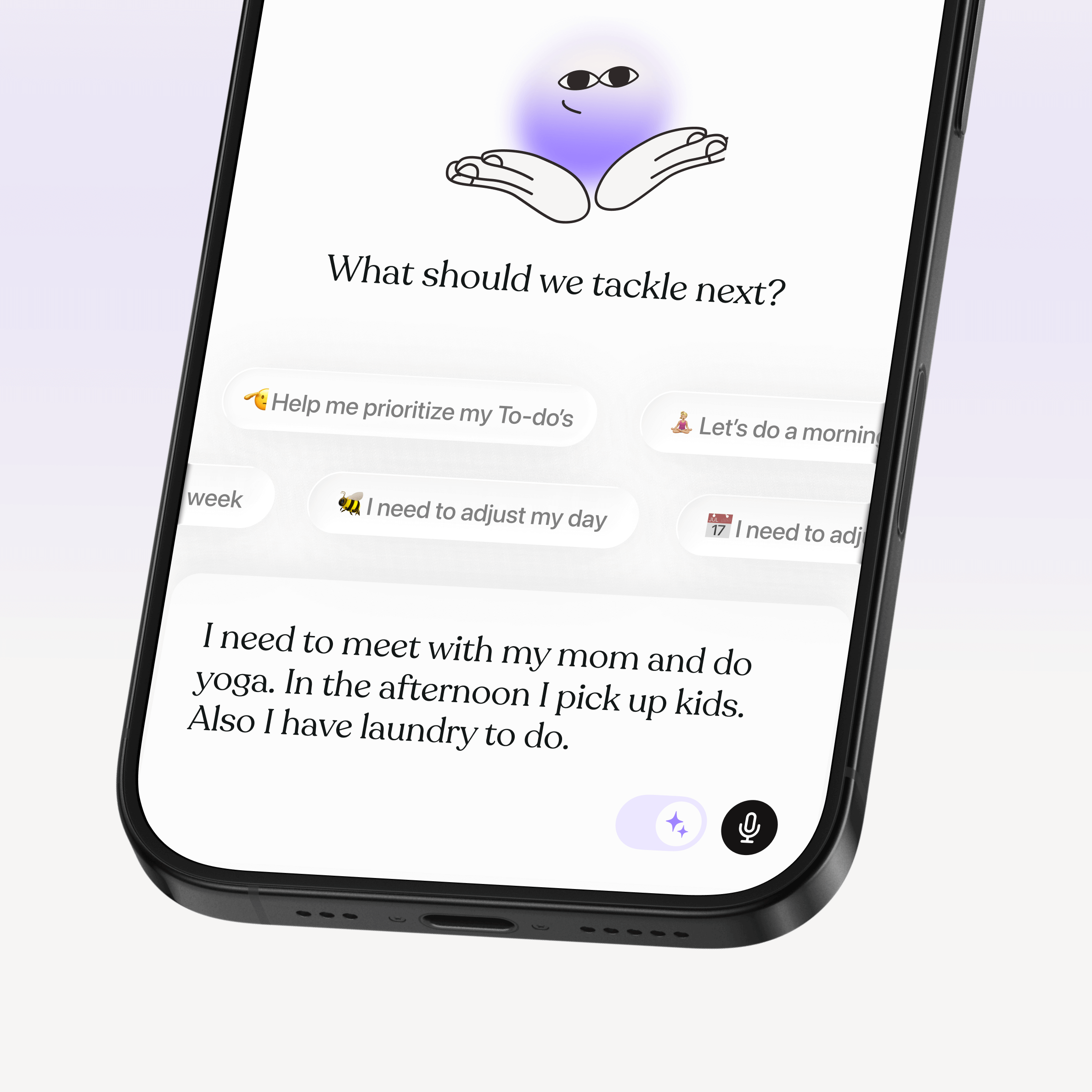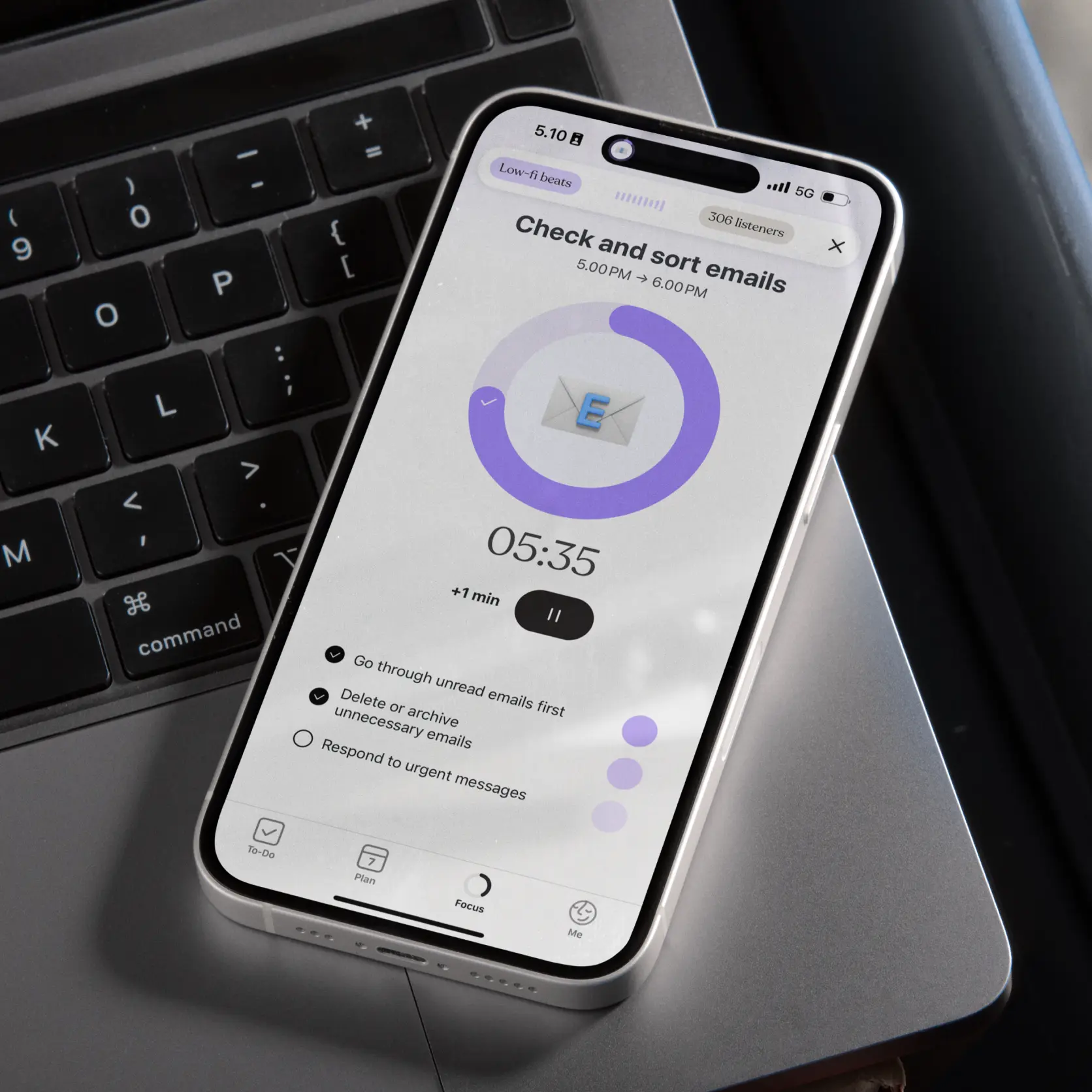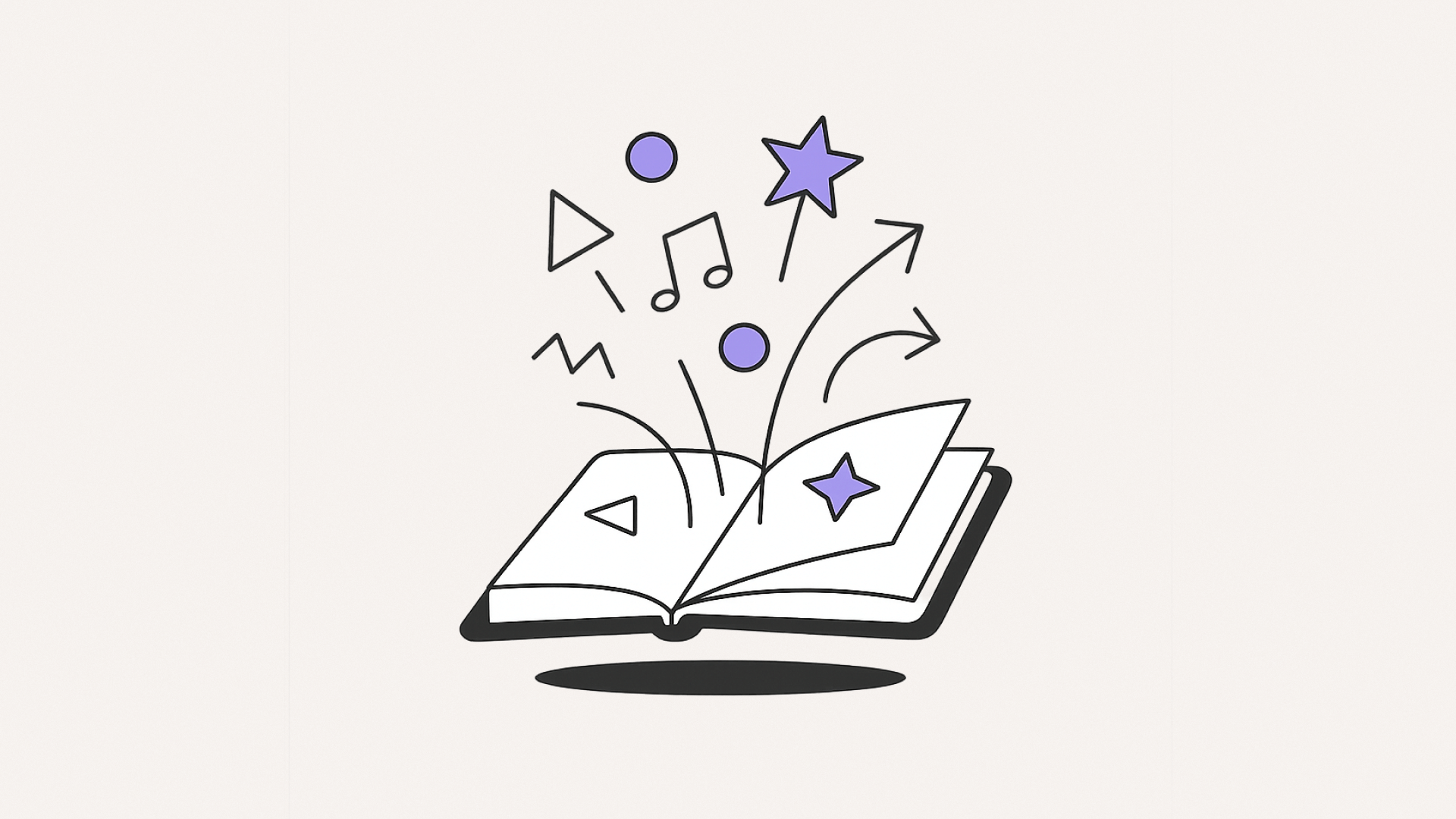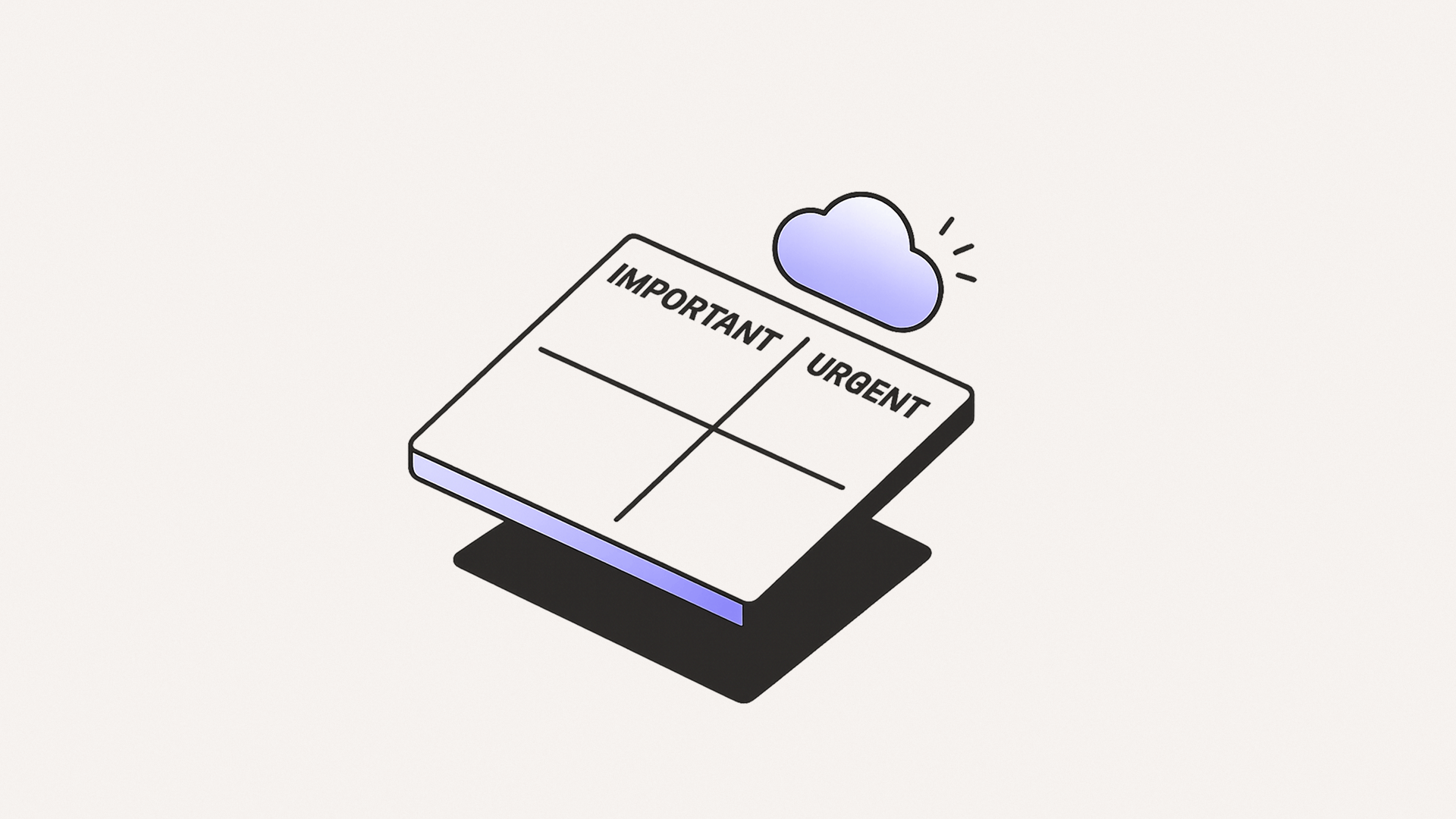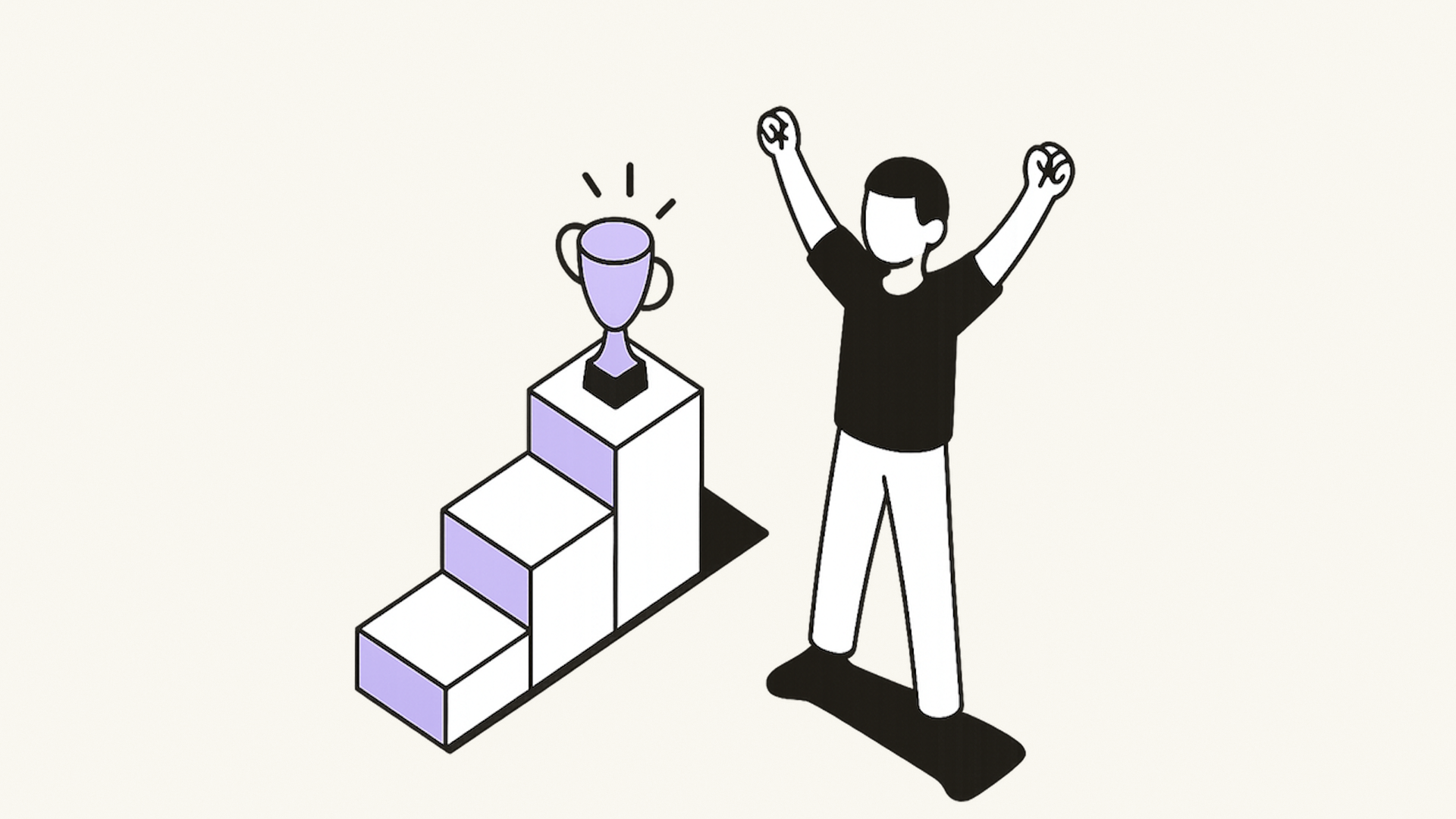Ever stared at a to-do list, knowing exactly what needs to get done but still couldn’t start? Or found yourself hyper-focused on something random while the “important” stuff gathers dust? If you have ADHD, you’re not alone.
For so many of us, growing up with ADHD meant being called lazy, unmotivated, or scattered. But the truth? ADHD isn’t about willpower; it’s about how our brains interact with dopamine, the neurotransmitter that fuels motivation, focus, and reward. And when dopamine isn’t firing the way the world expects, it can make even simple tasks feel impossible.
The good news? Understanding the ADHD-dopamine connection can help you ditch the self-blame and find strategies that actually work. Let’s break it down.
What is dopamine, and what does it do?
Dopamine is a neurotransmitter that helps regulate motivation, attention, and mood. It plays a key role in how we engage with tasks, seek rewards, and experience satisfaction. But ADHD brains often don’t produce, process, or regulate dopamine in the same way as non-ADHD brains, making it harder to sustain attention or start tasks that don’t offer immediate interest or urgency.
This isn’t a personal failing: it’s a difference in brain wiring. Our world is built for neurotypical brains, and that mismatch can make things like executive function, focus, and motivation feel like uphill battles.
The relationship between dopamine and ADHD
Dopamine regulation differences in ADHD show up in ways that deeply impact daily life:
- Task paralysis: Getting started on tasks can feel impossible without the right dopamine balance.
- Inconsistent motivation: Instead of being driven by routine, ADHD’ers often rely on interest-based motivation.
- Dopamine-seeking behaviors: ADHD brains crave stimulation, which can show up as hyperfixation, novelty-seeking, or scrolling endlessly on social media.
Sugar, caffeine, and dopamine in ADHD
Many ADHD’ers instinctively reach for sugar, caffeine, or other stimulants to self-regulate dopamine levels. Here’s why:
- Sugar and dopamine: Sugar provides a temporary dopamine boost, which is why some ADHD’ers crave sweets when they need a pick-me-up. However, the spike is short-lived and can lead to crashes.
- Caffeine and dopamine: Caffeine increases dopamine availability, which can help some ADHD’ers focus, but too much can cause anxiety and disrupt sleep.
These are understandable coping strategies in a world that doesn’t provide natural supports for ADHD brains, but they’re not long-term solutions.
What healthcare providers say about ADHD and dopamine
Research confirms that ADHD is linked to differences in dopamine transporter function, affecting how efficiently dopamine is used in the brain. This is why stimulant medications like Adderall and Ritalin often help: they make dopamine more available and usable.
But medication is just one tool and access to it is deeply unequal. Many ADHD’ers, especially those from marginalized communities, face barriers to diagnosis and treatment. Recognizing that ADHD is part of neurodiversity, not just a disorder to be treated, helps shift the conversation toward support, accessibility, and systemic change.
The ‘Dopamine Detox’ myth
The concept of a “dopamine detox” has gained traction online, claiming that abstaining from stimulating activities can “reset” the brain. But ADHD isn’t caused by excess dopamine, it’s tied to lower dopamine availability. Depriving ourselves of joy or stimulation doesn’t help ADHD’ers; it just makes life harder.
Instead of cutting off all sources of dopamine, ADHD’ers benefit more from structured dopamine regulation strategies, things like external accountability, interest-based rewards, and movement-based routines.

